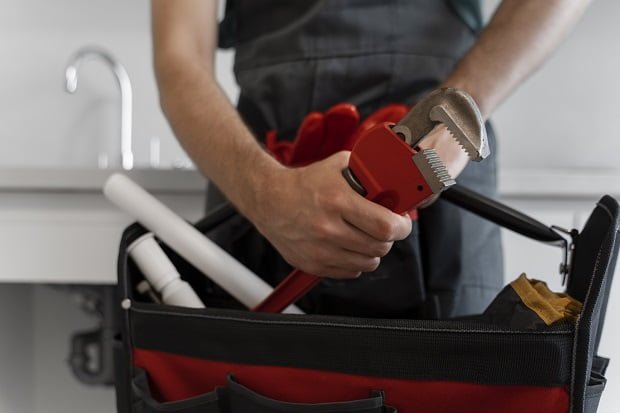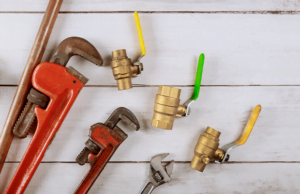When you start your work as a repairman and intend to perform an intricate task such as boiler repair or installation. You should be prepared with tools. Being ready for a boiler service is also about having the right tools at the right time. Here are some of the most needed tools for boiler repair, including gauges for measuring water pressure and other essential tools.
Level tool
It is a simple tool that makes you more precise when working on boilers. It is a simple glass tube with a small amount of alcohol or other liquid, filled with an air bubble. And is used to determine whether a surface is a true vertical or horizontal. Useful in ensuring proper boiler service alignment. This fact is evident in the position of the bubble inside the tube.
Torch is used for soldering or brazing copper tubes in boiler repair work to make them water-sealed. Torches come in different categories and use various types of fuels. The three main types of torches are:
The propane torch:
It is the most widely used, the least expensive, and the easiest to operate. Its flame temperature is 1995°C. The benefit is on-demand access to Propane gas in a small cylinder that takes up no space. This torch is employed to join copper tubes.
Brazing torch:
This type of torch is more complicated and may employ acetylene gas. It is used to join brass tubes to brass tubes, copper to copper, and copper to brass. The connection created by this type of torch is better.
Map gas torch:
This torch is used for soldering copper and brass pipes. It is popular because it has a higher temperature and does not require oxygen for soldering. This torch will be helpful during the boiler repair because it heats up the metal faster.
Hack saw
A handsaw with small teeth for cutting pipes, rods, and brackets during boiler repair. It can also cut plastic.
Plumber putty
It is a soft, pliable sealing compound that makes watertight seals around taps. And pipes to prevent leakages during boiler or other water appliances.
It is a mixture of powdered clay, linseed oil, and sometimes other materials. It can be used as a filler or lubricant. This material ensures that there will be no water or air leakage during boiler repair.
Pipe cutter
This tool is used to cut metal tubes when repairing or installing a boiler. It is more effective than using a hacksaw, especially when there is not enough space for cutting the pipes.
Pipe wrench
It is an adjustable wrench for holding or turning pipes and metal, steel, and iron connections during boiler repair. It has two serrated jaws. The upper jaw is adjustable to provide a firm hold on pipes of various diameters.
Flashlight
It is the most accessible instrument used for boiler maintenance. A flashlight makes it easier to identify all the components in the boiler, as there are many of them.
Descaling pump
The scale formed inside the boiler pipes, heat exchangers, and fittings causes the blockage of water flow. And reduces the boiler’s productivity.
One of the most critical steps in boiler repair is descaling, accomplished by connecting the boiler to a large pump with a tank.
All parts of the boiler heating systems are washed with clean water or chemicals to remove the scales or the limestone. This clean water is then replaced by this dirty liquid containing this limestone.
Pipe bender
This is perhaps the best tool for bending pipes during boiler repair. Bending a pipe is a permanent action. It means that any effort to return the pipe to its original condition will cause pain or damage to the pipe.
Therefore, it is crucial to bend the pipe precisely and efficiently. This tool can be used to bend all types of pipes made of steel aluminum or copper.
Tip: Aluminium or iron is used in making most pipe benders. The aluminum ones are lighter but cannot apply the torque as much as the iron ones.
Meter and caliper
These two are mentioned last but are the most vital tools for any boiler repair or plumbing job. Both are used for measurement. Metal meters are most preferred due to their strength, low vulnerability, and precision.
The caliper is very accurate and is used to measure the external and internal diameters of the pipes. Decimal values may also be read using a caliper.







Add comment